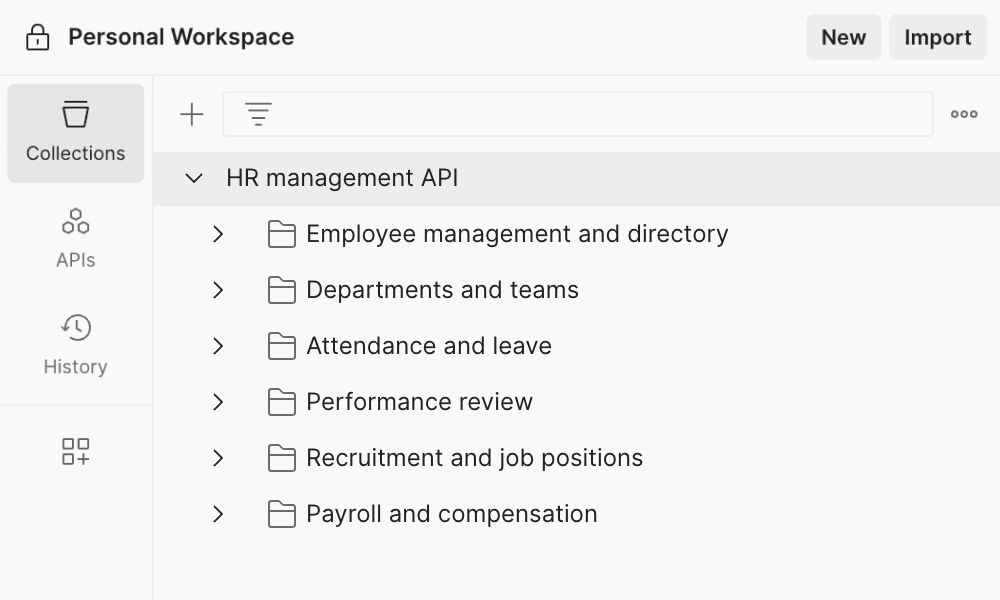Introduction to Postman
 SAKSHI RISHIPATHAK
SAKSHI RISHIPATHAK
What is postman?
Postman is one of the most popular tools for testing APIs. It provides a user-friendly interface where you can create, test, and organize API requests. Instead of writing code to test APIs, Postman allows you to work with APIs easily using forms, buttons, and readable data. You can send different types of HTTP requests (GET, POST, PUT, etc.), view the responses, and even automate tests using JavaScript.
Where to get?
What to practice?
Key Terms in Postman
1. Request
A request in Postman consists of a URL, method (GET, POST, PUT, PATCH, DELETE), headers, body, authentication, Scripts and parameters. This is what you send to an API to retrieve or modify data.
2. Collection
A Collection in Postman is like a folder where you group related API requests together. For example, you can have a collection named “HR Management API” and inside it, keep all requests related to HR operations — like Employee management, departments, attendance, performance review, etc.

3. Environment
An Environment allows you to save variables like baseURL, tokens, or credentials and reuse them in requests. This is useful when testing the same APIs across development, staging/testing, or production.
Example Variable:{{baseURL}} = https://reqres.in
Then your request URL becomes:{{baseURL}}/api/users/2

4. Workspace
A Workspace is a space in Postman to organize collections, environments, and team collaboration. There are two types:
Personal Workspace: Just for you
Team Workspace: Used for collaborating with team members

Subscribe to my newsletter
Read articles from SAKSHI RISHIPATHAK directly inside your inbox. Subscribe to the newsletter, and don't miss out.
Written by

SAKSHI RISHIPATHAK
SAKSHI RISHIPATHAK
I'm an experienced Software Development Engineer in Test (SDET) deeply passionate about DevOps practices. My focus lies in ensuring software quality through rigorous testing and automation. I leverage my background in software engineering to integrate DevOps principles, aiming to optimize efficiency and enhance collaboration across teams. I'm dedicated to continuous improvement and excited to contribute to advancing DevOps methodologies.